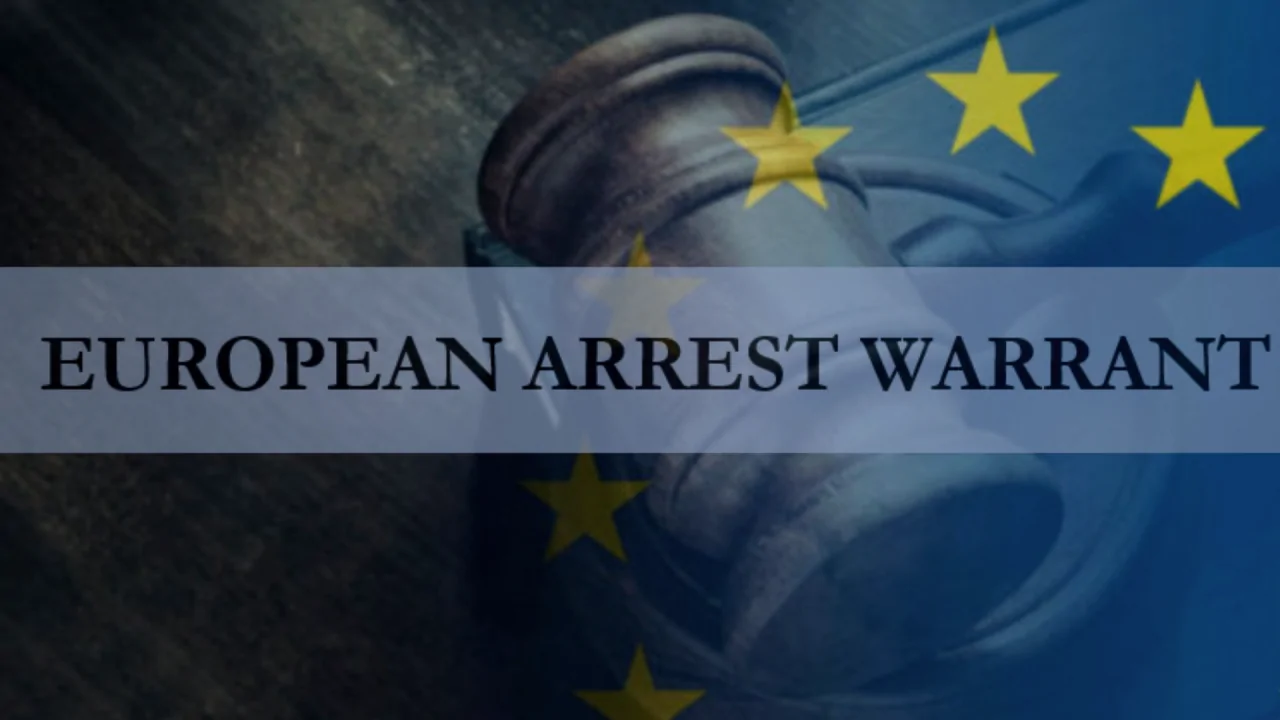
Understanding the European Arrest Warrant: A Guide for Individuals Facing Cross-Border Legal Action
Cross-border legal cooperation in Europe has evolved rapidly in the past two decades. As criminal networks become increasingly international, so too must the tools used to pursue justice. Among the most significant legal mechanisms adopted by the European Union is the European arrest warrant, an instrument that allows for streamlined extradition of suspects or convicted individuals across EU member states.
Whether you’re a lawyer handling a transnational case, an expat living in Europe, or simply someone interested in understanding how international legal systems cooperate, this guide offers a clear explanation of how the European arrest warrant works, what it means for your rights, and how to respond if it affects you or someone close to you.
What Is the European Arrest Warrant?
The European arrest warrant (EAW) is a legal procedure that enables one EU country to request the arrest and transfer of a person from another EU country for prosecution or enforcement of a sentence. It was introduced in 2004 to replace the slower and politically driven extradition process that previously governed cooperation between member states.
Unlike traditional extradition requests, which required prolonged diplomatic involvement and multiple layers of approval, the EAW is based on the principle of mutual recognition of judicial decisions. That means courts across the EU are expected to honor each other’s rulings, streamlining cooperation and avoiding bureaucratic delays.
Key Features of the EAW System
To better understand the EAW, it’s helpful to highlight some of its main characteristics:
Applies across all EU countries without exception.
Covers both suspects and convicted persons, regardless of citizenship.
No need for dual criminality for 32 listed serious offenses (e.g., human trafficking, terrorism, drug offenses).
Fast timelines, with many cases resolved within 60 days of arrest.
Judicial—not political—control, reducing the risk of political interference.
Standardized form used across all EU jurisdictions.
This mechanism allows European courts to act swiftly and decisively in cases where suspects flee across borders, preventing impunity and reinforcing legal cooperation within the Union.
Who Can Be Targeted by an EAW?
Any person—EU national or not—can be subject to a European arrest warrant if they:
Are accused of committing a criminal offense in an EU country.
Have been convicted and sentenced in absentia.
Have fled their sentence or pre-trial detention.
Are considered likely to evade justice by moving to another EU state.
It’s worth noting that non-EU citizens, including Americans, Canadians, or Latin Americans living or traveling within the EU, can also be affected. For example, if a non-EU citizen is suspected of committing a crime in France but resides in Germany, French authorities can issue an EAW to request their transfer.
How the EAW Process Works
Here’s a step-by-step breakdown of how a European arrest warrant typically operates:
1. Issuance of the Warrant
A court or public prosecutor in the issuing country completes a standardized EAW form and forwards it through secure legal channels to the country where the individual is believed to be located.
2. Arrest in the Executing Country
Police in the executing country (where the suspect is found) carry out the arrest based on the warrant. The individual is brought before a judicial authority, informed of their rights, and given access to legal representation.
3. Judicial Review
The executing state reviews the EAW to ensure it meets all legal criteria and that there are no valid grounds for refusal, such as:
Risk of human rights violations in the issuing country.
The person is being prosecuted for the same act in the executing country (principle of ne bis in idem).
The crime was committed outside the EU and is not punishable in the executing country.
The person is underage under local law.
4. Decision on Surrender
If all requirements are met, the person is surrendered to the issuing state. The deadline is generally 60 days from arrest, but this can be extended in exceptional cases.
5. Optional Appeals
While the EAW procedure is intended to be swift, individuals can appeal the surrender decision, particularly on human rights or procedural grounds. Appeals are reviewed by the national courts of the executing country.
Your Rights Under the European Arrest Warrant
Being the subject of an EAW doesn’t mean your rights vanish. In fact, EU law includes strong guarantees to ensure fair treatment and legal protection, including:
Right to a lawyer in both the executing and issuing countries.
Access to interpretation and translation of all relevant documents.
Right to be informed of the charges and legal grounds for the warrant.
Legal aid if you can’t afford private counsel.
Right to appeal or challenge the surrender on valid legal grounds.
These rights stem from both national constitutions and EU-level directives designed to protect individuals facing cross-border proceedings.
How the EAW Differs From Traditional Extradition
Understanding how the European arrest warrant differs from older extradition processes is key:
| Feature | EAW | Traditional Extradition |
|---|---|---|
| Speed | Within 60–90 days | Often 6–12 months or longer |
| Political involvement | None (judicial only) | Often requires diplomatic clearance |
| Dual criminality | Not required for 32 serious crimes | Typically required |
| Appeal scope | Limited to legal grounds | Broader political and procedural challenges |
This efficiency comes at a price—defendants have less time to prepare, and fewer opportunities to delay the process. That’s why legal advice is crucial from day one.



